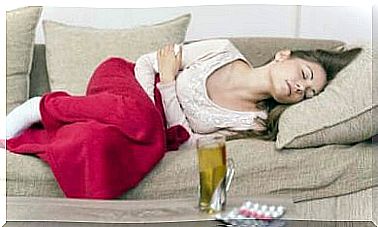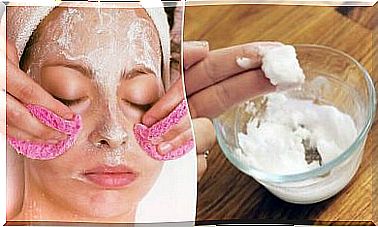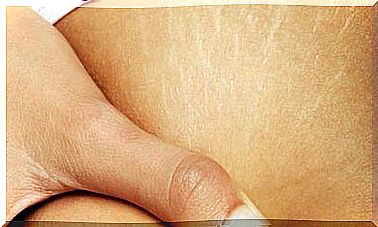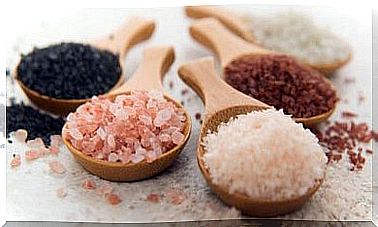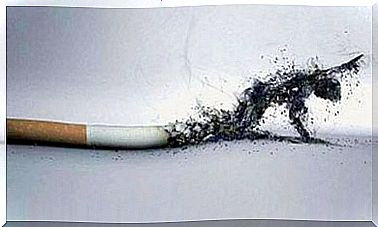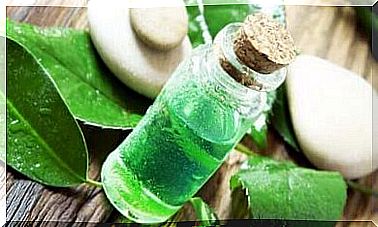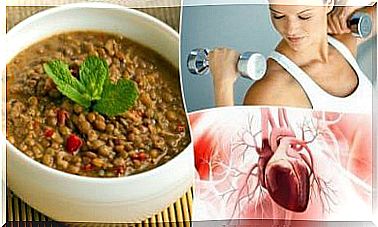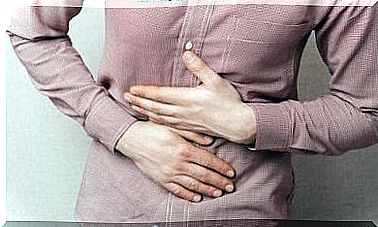Medical Treatment Of Calluses On Hands And Feet
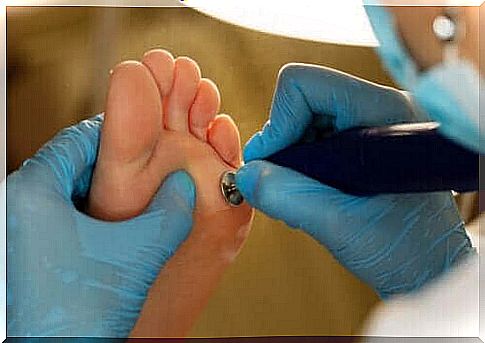
Callus is a thickening on the outer part of the skin, it usually appears on the hands and feet. It is also known as ‘heloma’ and it is quite an annoying condition. The point is that not only does it affect the aesthetics, it is also uncomfortable and sometimes leads to injuries.
Bunions are often located between the fingers, which is why they are popularly called “chicken eyes.” In any case, they are all characterized by a thickened and abnormal appearance of the skin.
These thickenings also become flaky and dry. While they usually don’t cause major discomfort, a number of people experience pain when the affected area is subjected to pressure. Bunions may even burst and bleed. Fortunately, there is medical treatment. Would you like to learn more about this? Then keep reading!
What are calluses and why do they appear?
Calluses are an overgrowth of the horny layer, the outermost layer of the skin. This is due to constant friction or overload. The result is a condition called “hyperkeratosis,” which means a hard, thickened area of skin.
The main causes are pressure and friction with an external element. This usually happens with the feet due to the use of incorrect footwear. In the hands, on the other hand, it is usually caused by the continuous use of an element that generates pressure.
This thickening of the skin has a protective function. The body responds to pressure and friction, generating more cells to form this hard layer. Sometimes calluses also appear as a result of deformities or other foot deformities.
Types of calluses on hands and feet
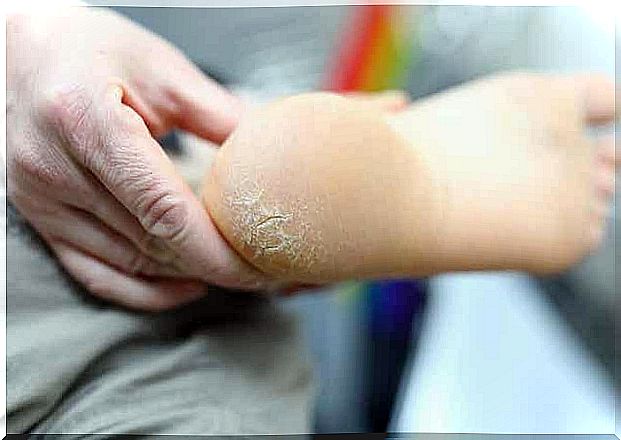
Calluses on hands and feet usually occur as a result of the constant friction of the skin against a certain material, such as shoes. There are three basic types of calluses. These are as follows:
- Hard calluses. They are the most common and are characterized by a compact consistency. They appear more often on the feet.
- Soft calluses. They have a rubbery consistency and are more common between the toes.
- Vascular and neurovascular callus formation. They look like hard calluses, but inside there are blood vessels. Neurovascular calluses have nerve tissue and are usually the most painful.
Diagnosis
Most calluses can be detected with the naked eye or by touch. Thickening and hardness are usually their distinguishing feature. However, it is always important for a doctor to assess the situation as sometimes there are other underlying issues that need to be treated as well.
The doctor, usually a podiatrist, will perform a thorough examination of the area. If deemed necessary, the doctor will request an X-ray or other imaging tests. The goal is to evaluate the condition of the bones and determine if there are any underlying abnormalities.
Medical treatments available for calluses
The main treatment for calluses is to avoid the friction or pressure that caused the problem. It is important to replace the footwear with a more suitable one (Spanish link) or to work with suitable gloves, if there are calluses on the hands.
Sometimes it is necessary to use insoles (Spanish link) or similar means to protect the area and prevent new calluses from forming. On the other hand, doctors can take a number of other measures, especially if the callus is painful.
Remove excess skin
The doctor can cut away the thickened skin or calluses with a scalpel. This is a suitable measure to remove the callus. It is important to keep in mind that the health professional must perform this procedure so that it is done correctly and you avoid a possible infection.
Medicines for calluses
There are over-the-counter patches with 40% salicylic acid on the market that are very effective at removing calluses. Ideally, it is the doctor who indicates on a case-by-case basis whether this is the right measure and how you should receive the treatment.
Sometimes it’s a good option to file the thickened skin with a pumice stone, nail file, or cardboard file before applying the patch. It is also possible that, instead of using the patch, the doctor may recommend a gel with the same substance.
insoles
Orthopedic and custom insoles can be a good alternative for some people. Doctors usually indicate it for people with some form of foot deformity. They work by preventing friction or pressure from footwear.
Operation
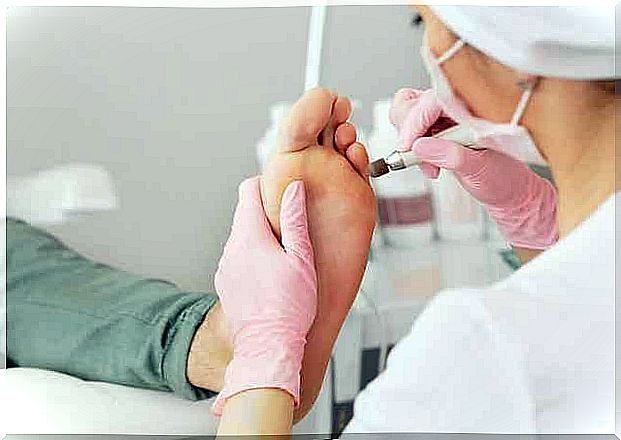
It is not common, but in a number of cases doctors have to resort to surgery. This happens when there is a deformity in the foot or hand and this makes friction or pressure inevitable. If an ulcer or infection forms, the doctor may also need to remove the damaged tissue.
Natural remedies against calluses
There are some natural remedies that can help in these cases as well. For example, some people recommend putting half an onion on the affected area at night. According to popular literature, the acids in this vegetable soften calluses and facilitate their removal when removed with a pumice stone.
You can do something similar with two grated garlic cloves and a tablespoon of olive oil. Cover it with gauze and let it sit overnight. Repeat this remedy until the calluses are gone.
Another good option is to make an infusion of calendula and mix it with magnesium sulfate, also known as Epsom salt. Then dip your feet in this mixture to soften the calluses. It is best to do this in the evening.
Treatment of calluses: what to think about?
It is very important to eliminate the cause of calluses on hands and feet. Otherwise, you can treat it again and again, but then it keeps showing up, because the factor that causes it is still there. You should therefore first determine what is causing this problem.
It is best to use pharmaceuticals against calluses. Otherwise, the problem may worsen. You can also use some natural remedies. In any case, when in doubt, it is best to consult a doctor and follow his or her instructions.

